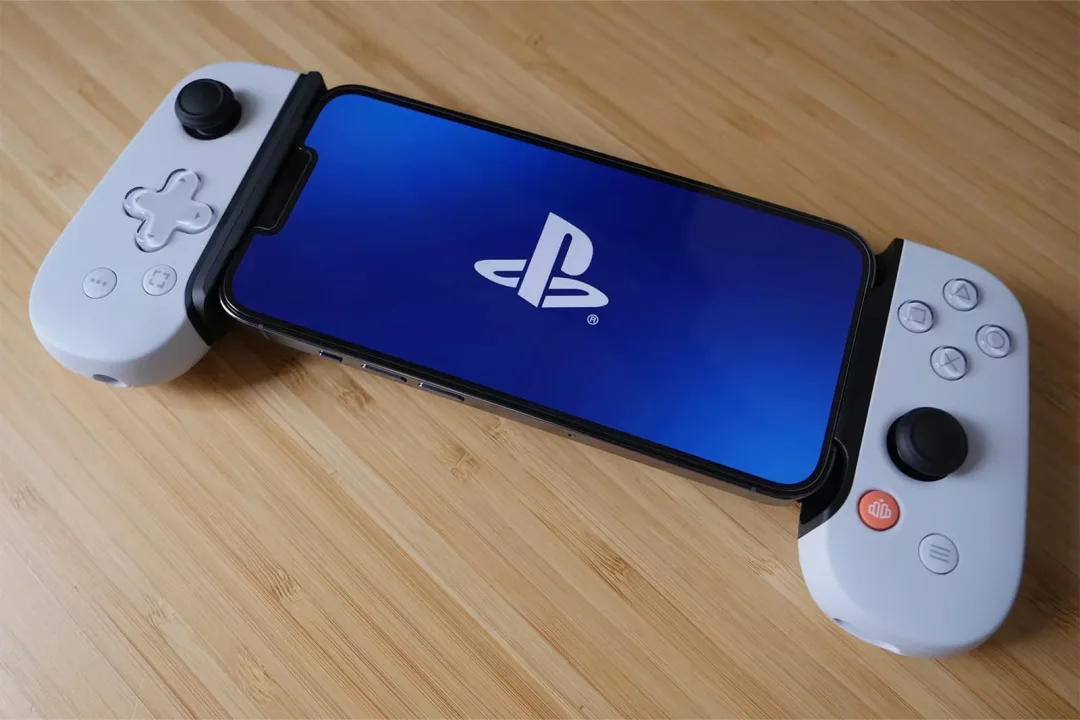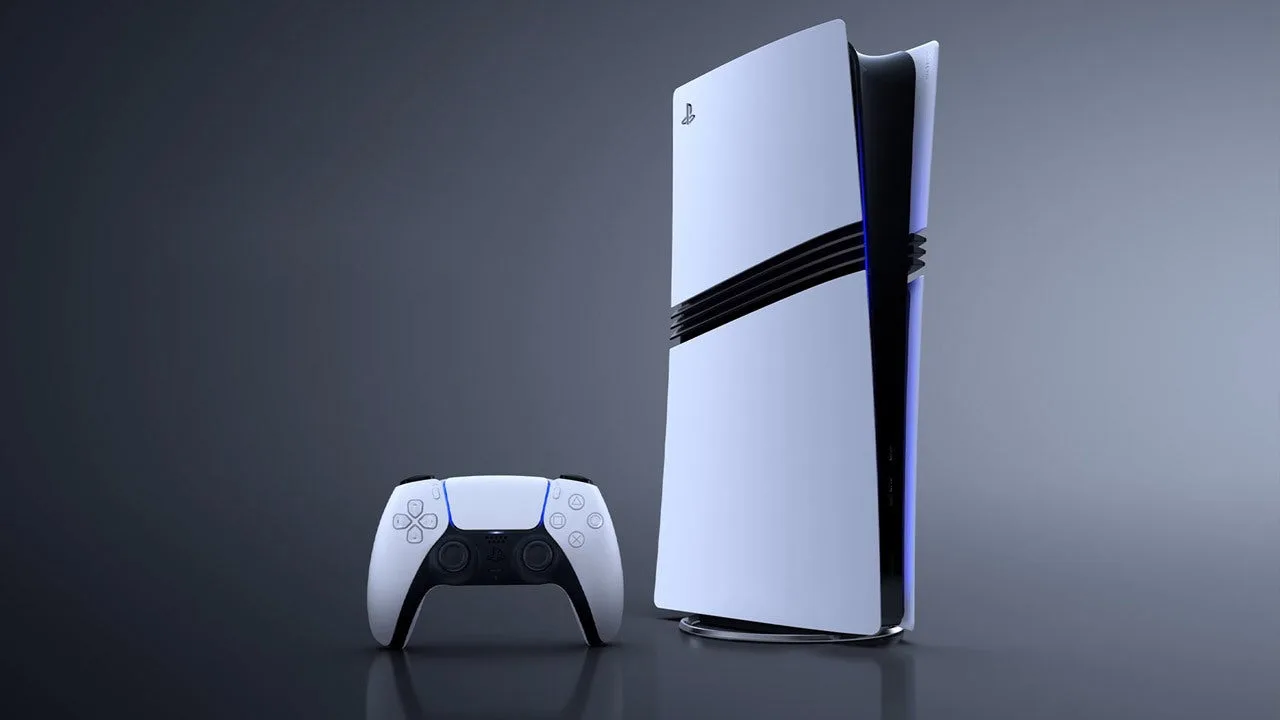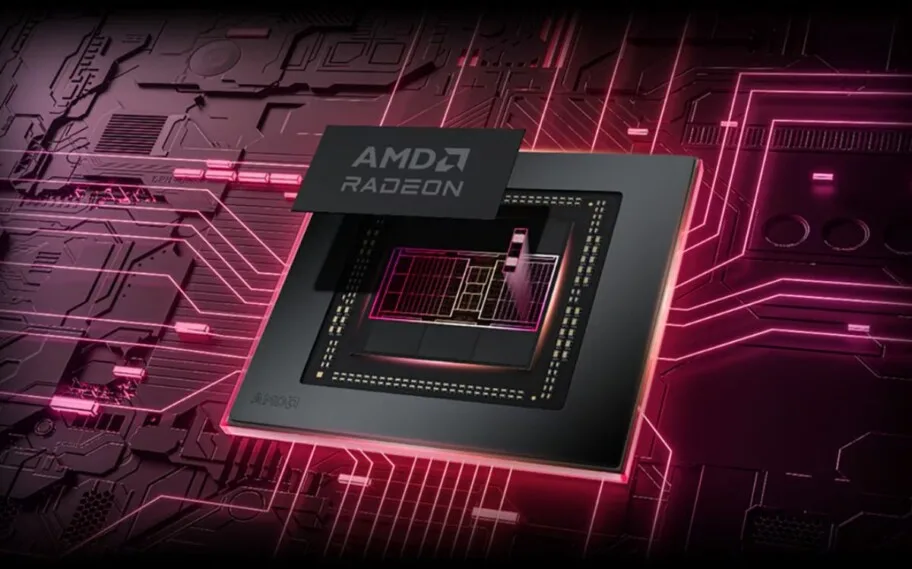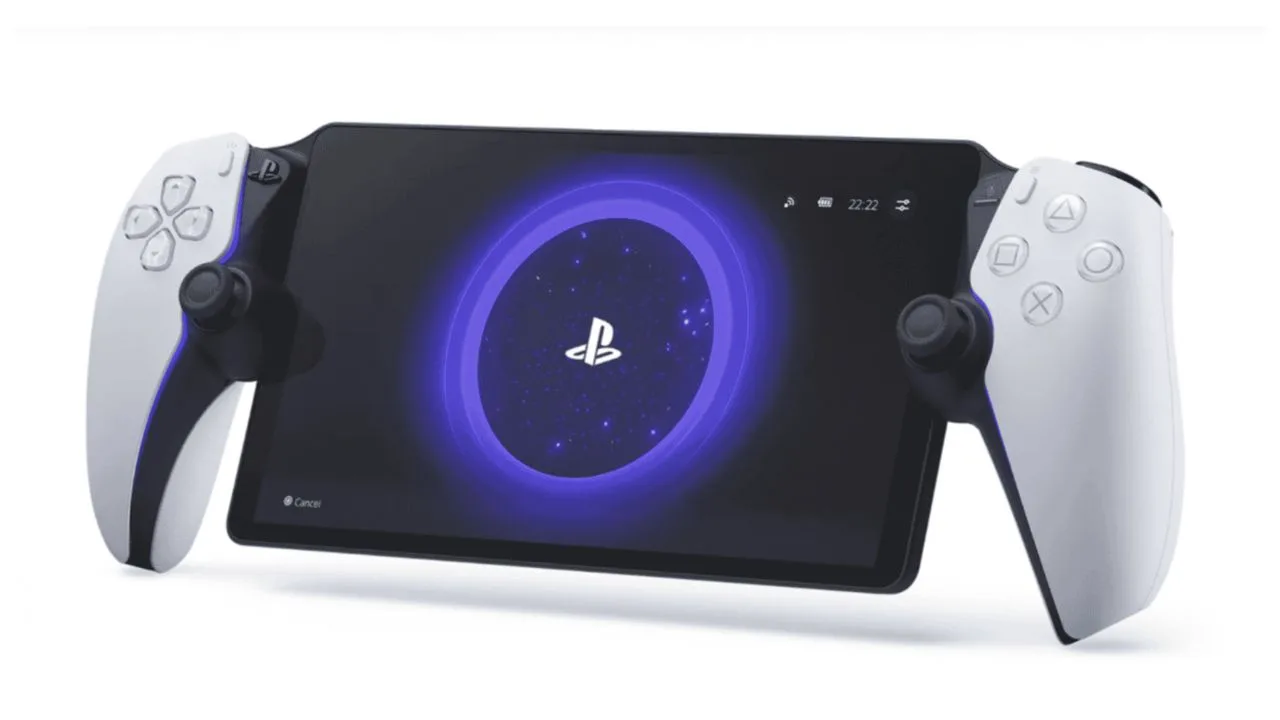Development of a new Sony handheld console gained momentum after detailed technical specifications were leaked. The leak came from a source known for accurately anticipating information about AMD and the PlayStation line. Although the device is still far from release, the information is already attracting attention because it suggests advanced hardware. Furthermore, it would be capable of efficiently running PS5 titles.
The information was released by KeplerL2, known for spotting details about the PlayStation 5 Pro. According to him, the new portable will feature an APU based on a new AMD architecture. Called UDNA, it promises to surpass the performance of previous generations and offer upscaling capabilities with artificial intelligence, something never before seen on mobile devices with Radeon graphics.

UDNA architecture can guarantee a performance leap in laptops
The main new feature is the adoption of the UDNA graphics architecture, a fusion of AMD's CDNA and RDNA technologies. This new standard represents a significant improvement over the RDNA 3.5 found in chips like the Strix Point. UDNA should also be compatible with machine learning tools such as FSR 4 or PSSR, Sony's proprietary upscaling technology.
With 16 compute units and 32 ROPs, the chip offers similar raw capacity to processors found in home consoles, but with a focus on portability and efficiency. Performance per compute unit is expected to be significantly higher than current chips, such as the Z1 Extreme and the upcoming Z2 Extreme.
Faster memory and dedicated cache reinforce performance proposal
To overcome historical limitations in AMD laptops, the design includes LPDDR5X memory with a speed of 9600MT/s, surpassing the 8000MT/s found in competing models. Additionally, it will feature a 16MB MALL (Memory Access at Last Level) cache, designed to reduce bottlenecks and optimize memory bandwidth utilization.
Although the 128-bit bus, the same used by devices like the Steam Deck, will remain, the use of fast memory and intelligent caching should offset some of the limitations. The handheld is still expected to have 16GB of RAM, which puts it on par with the PS5, at least in terms of capacity.

The laptop can run PS5 games with resolution and frame rate adjustments.
One of the most interesting points revealed is the potential reduced-bandwidth development mode for PS5 kits. This is designed to facilitate adapting games to the new handheld. This indicates that the device may be capable of running current-gen titles, even at lower resolutions or frame rates.
The idea is similar to the strategy used by Microsoft with the Xbox Series S, but with an important difference: the portable device should share the same architecture as the future PlayStation 6, suggesting that it will be compatible with simplified versions of next-generation games.
Competition on hold: Sony could take the lead among advanced portables
In the current scenario, few competitors appear ready to challenge Sony's proposal. AMD doesn't have another UDNA chip on its radar in the short term. Microsoft, on the other hand, appears to be steering clear of this market, preferring partnerships with third-party manufacturers, as in the case of Asus' ROG Ally X.
Meanwhile, Valve is still waiting for a technological leap to invest in the Steam Deck's successor. Nvidia and Intel are also making moves: the former with ARM-based solutions, and the latter with the Lunar Lake chip, found in the MSI Claw 8 AI+.

Expectations for the launch and strategic role of the new laptop
With no official release date yet, Sony's new handheld is expected to arrive close to the upcoming PlayStation 6, strengthening the brand's ecosystem. By focusing on a portable platform integrated with tabletop game development, Sony can create a unified system that attracts developers and players interested in mobility without sacrificing the full experience.
The project shows promise not only as a successor to the PS Vita, but also as a strategic response to the fragmentation of Windows and Steam OS handhelds. If the leaks are confirmed, the device could redefine the market, positioning Sony as a pioneer in a new standard of portability and performance.


